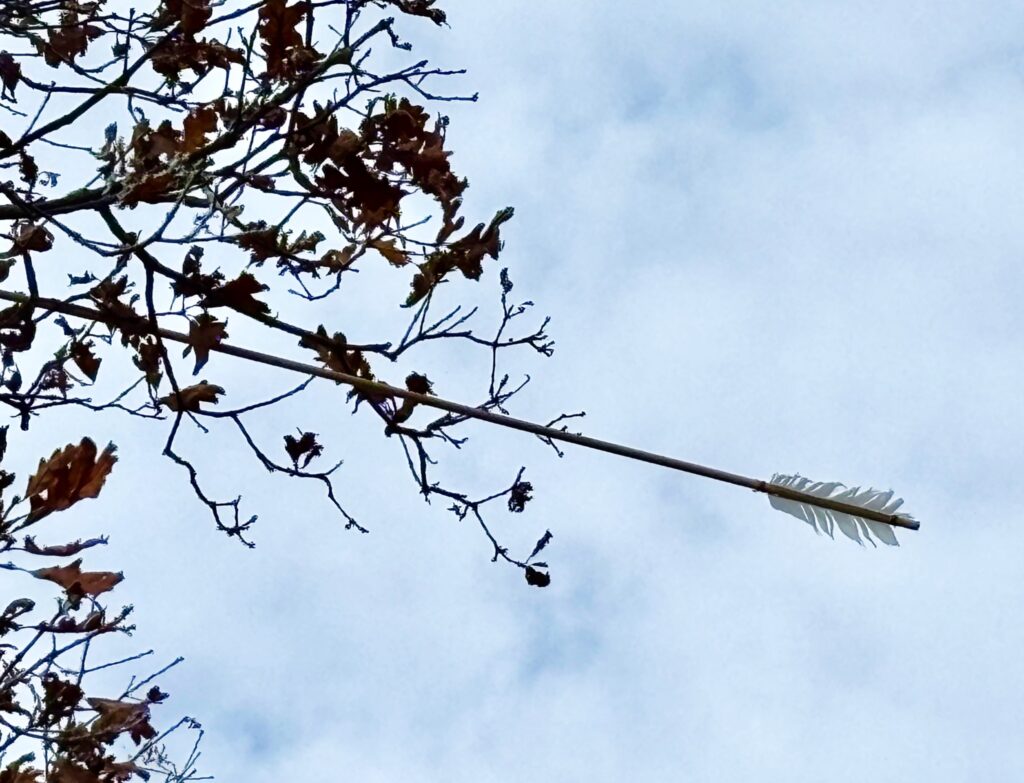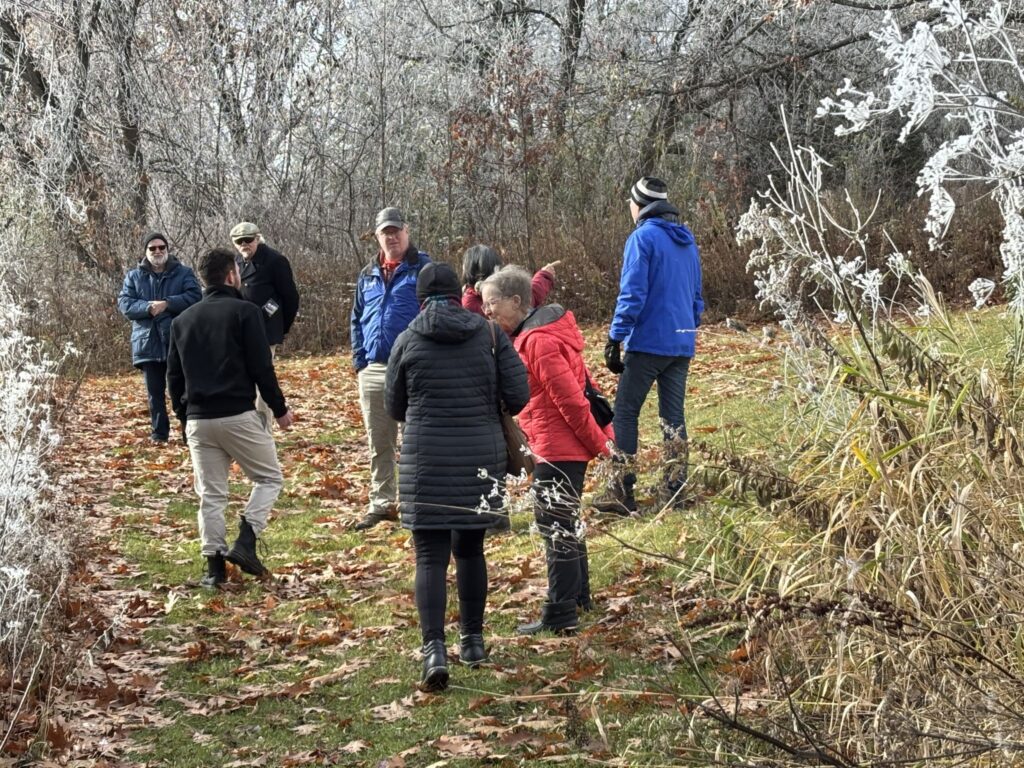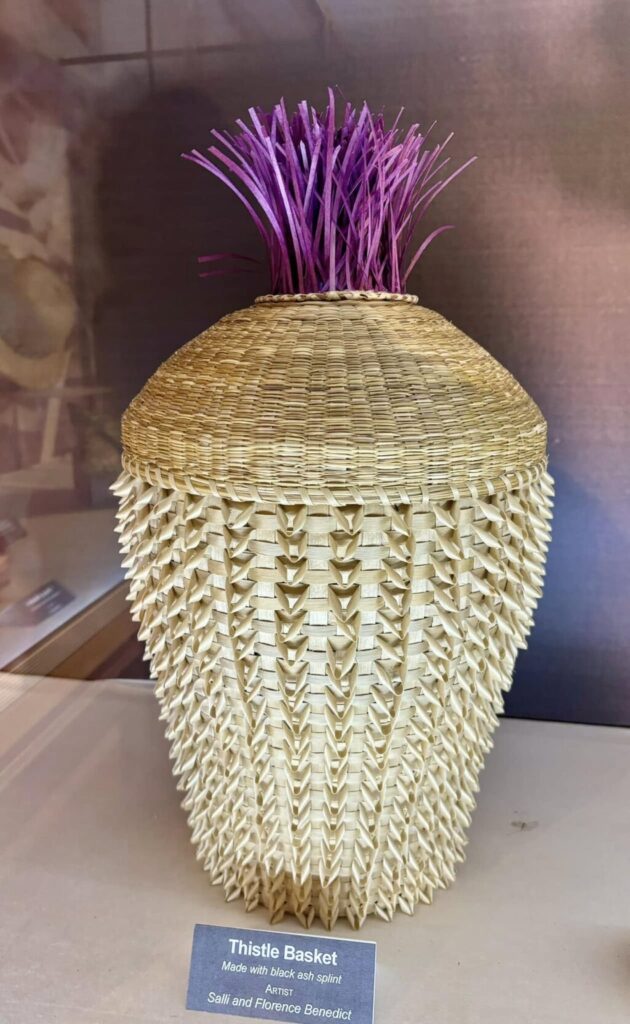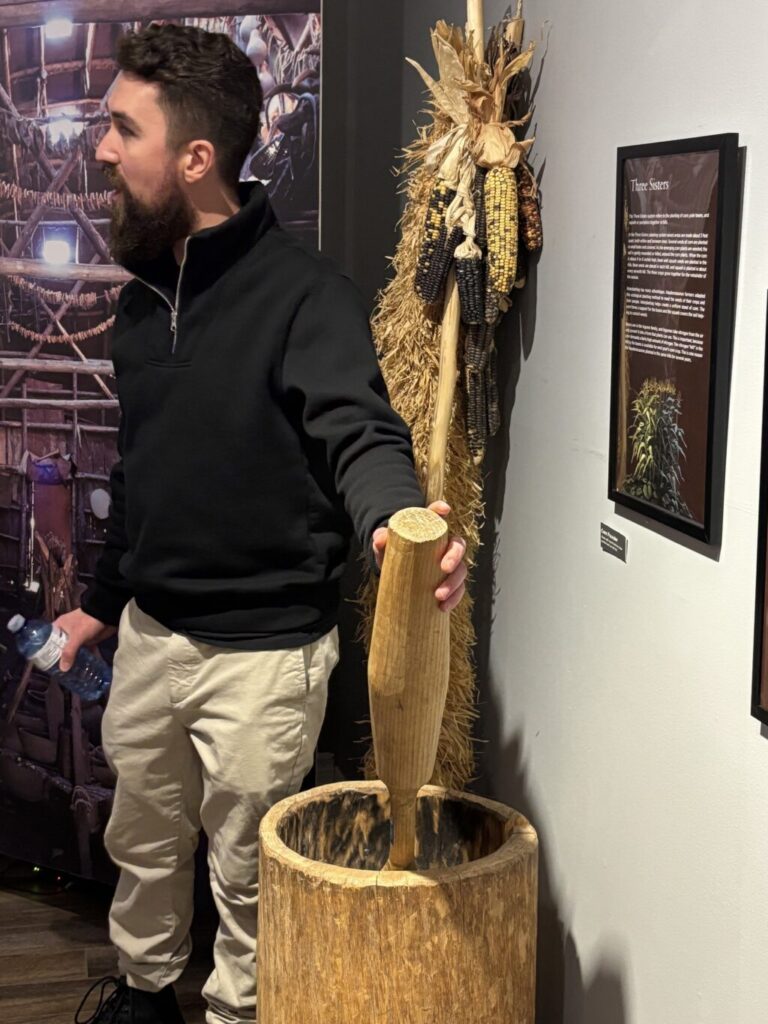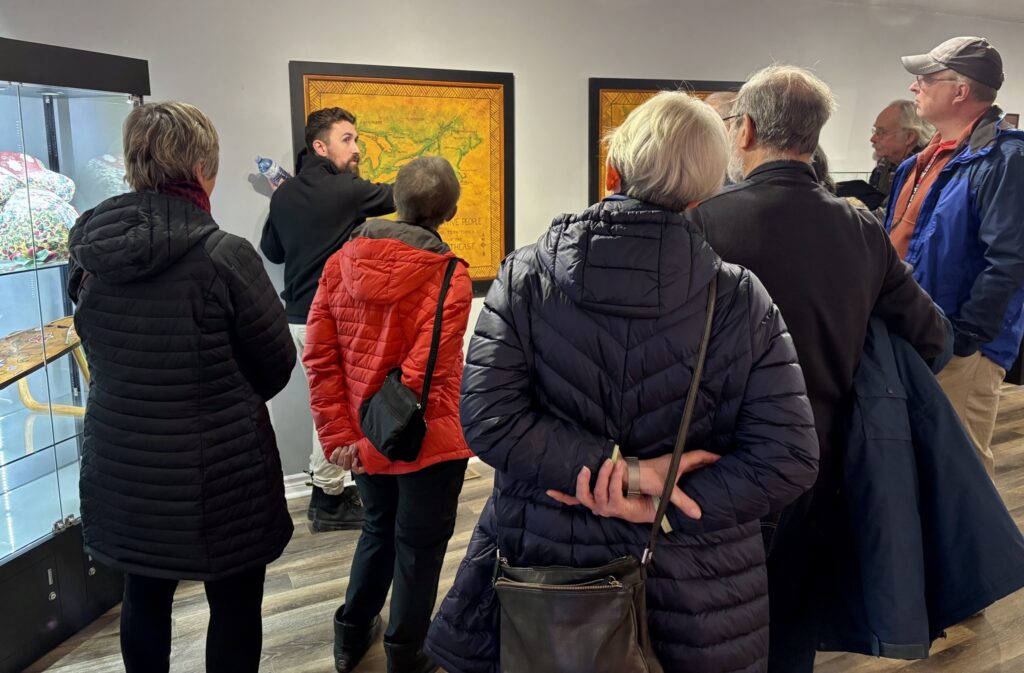Native North American Travelling College in Akwesasne
On November 20th, I attended the Native North American Travelling College in Akwesasne for a tour. Our guide, Shane Oakes, a Cultural Educator, identified himself as belonging to the Turtle Clan, one of three Mohawk Clans, the others being the Bear and Wolf Clans.
The tour started with an abridged version of the legend of Skywoman, essentially the story of the creation of the earth. It is a significant part of the Mohawk culture and passed down orally through generations. He explained that the complex story can take as long as three days to relate in its entirety.
Shane spoke of the Thanksgiving Address, a ritual that is done at the beginning of all gatherings to express gratitude to the natural world and acknowledging that humans are part of a larger family, its very existence depending on all aspects of creation. The address teaches respect for all that is nature. It was humbling to be reminded that without humans in the mix, the natural world would continue to thrive.
Amongst many other topics, we discussed the indigenous main staples, corn, squash, and beans, which are known as “The Three Sisters” because, traditionally, they are planted together purposefully. As per an explanation on the display, “the corm forms a support for the beans, and the squash covers the soil helping to control weeds.” Their interconnectivity creates a balanced agricultural system.
The Emerald Ash borer, Shane pointed out, is a serious threat to the deeply rooted tradition of basket-weaving as the dwindling White and Black Ash trees are the primary materials used in making them. It’s not just an art to the Mohawk community; it’s a fundamental part of their heritage. He spoke about an initiative to store seeds for future planting and cutting mature trees before they are infected to stockpile them to ensure that the art can be passed down to future generations.
Many other things were discussed such as clothing, headdresses, lacrosse, smudging, quillwork, longhouses, the making of vamps (the upper part of a moccasin) to represent the children who never made it home from residential schools, and so much more.
It was my second time doing the tour, and it likely won’t be the last, as there is always more to learn. To find out more information about the Native North American Travelling College and what services it offers, visit https://www.nnatc.org
